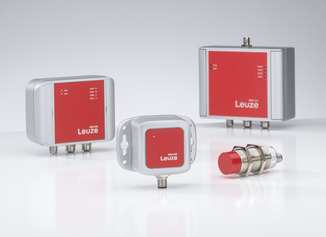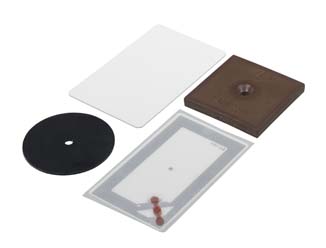RFID
With RFID, no direct "visual contact" between the read-write unit and transponder is necessary. The information from the transponder is transmitted by means of electromagnetic waves. This means that these systems can also be used practically and reliably under harsh conditions.







